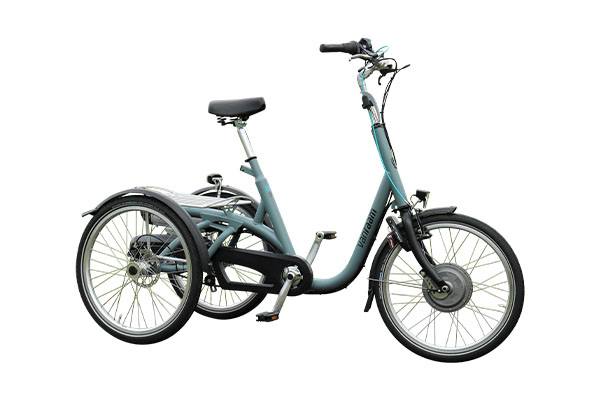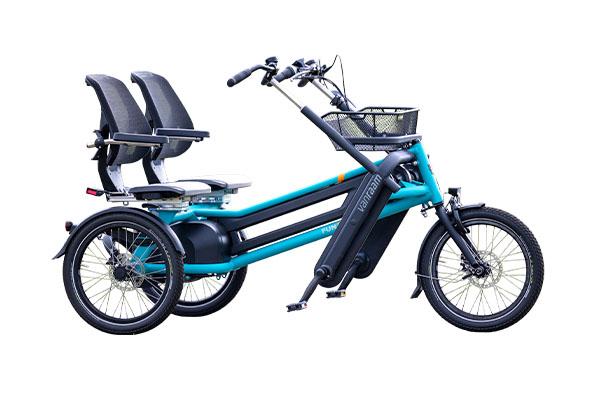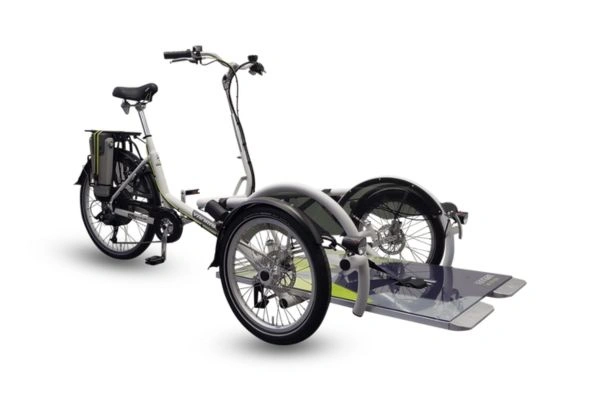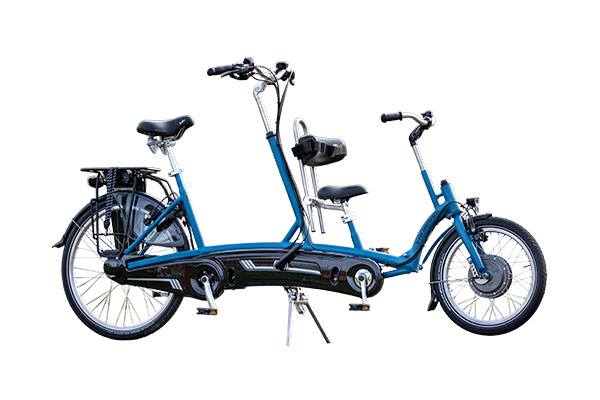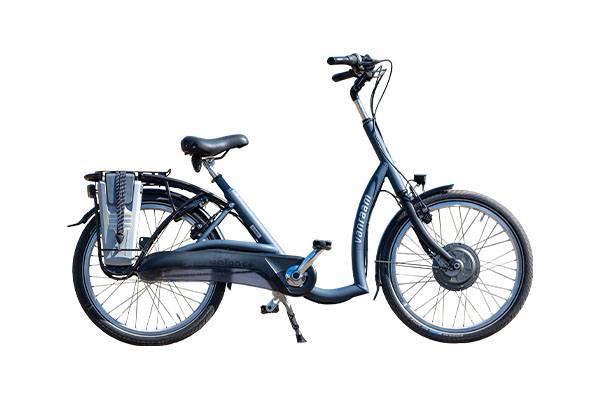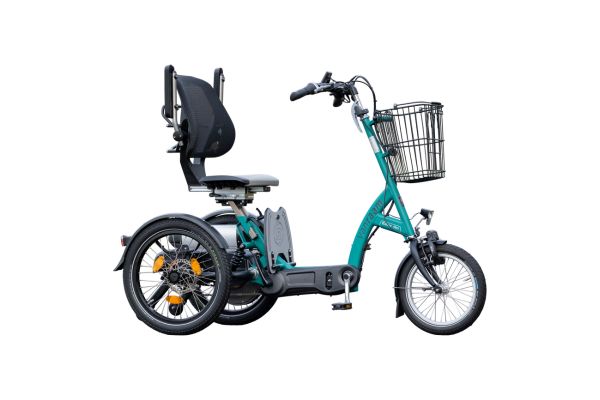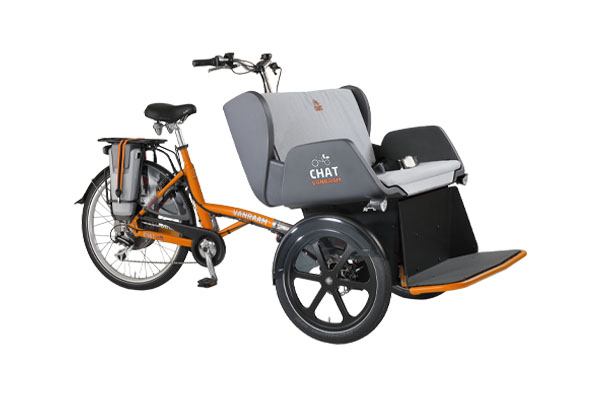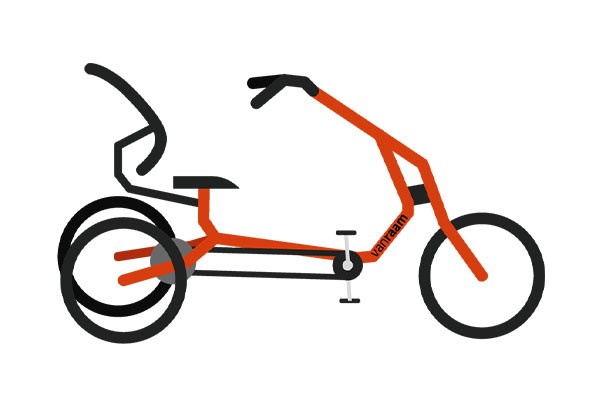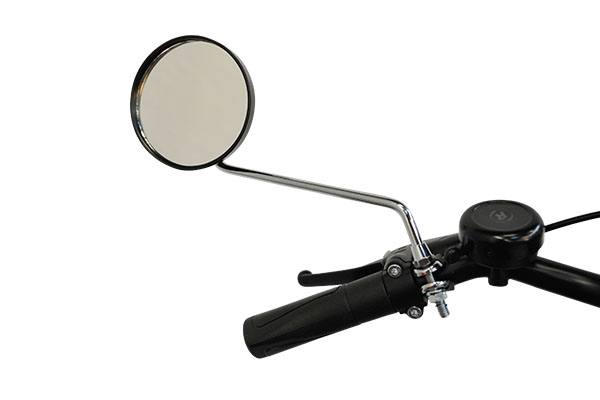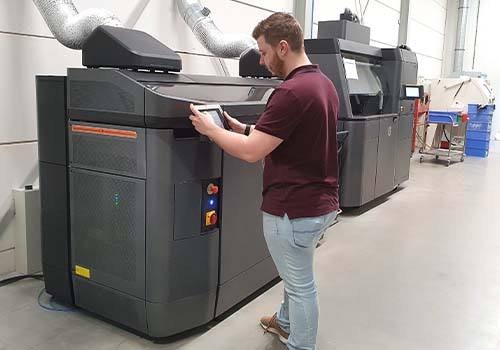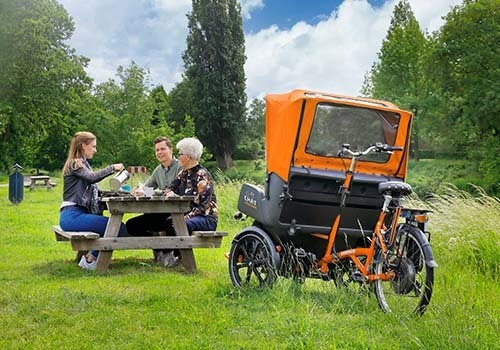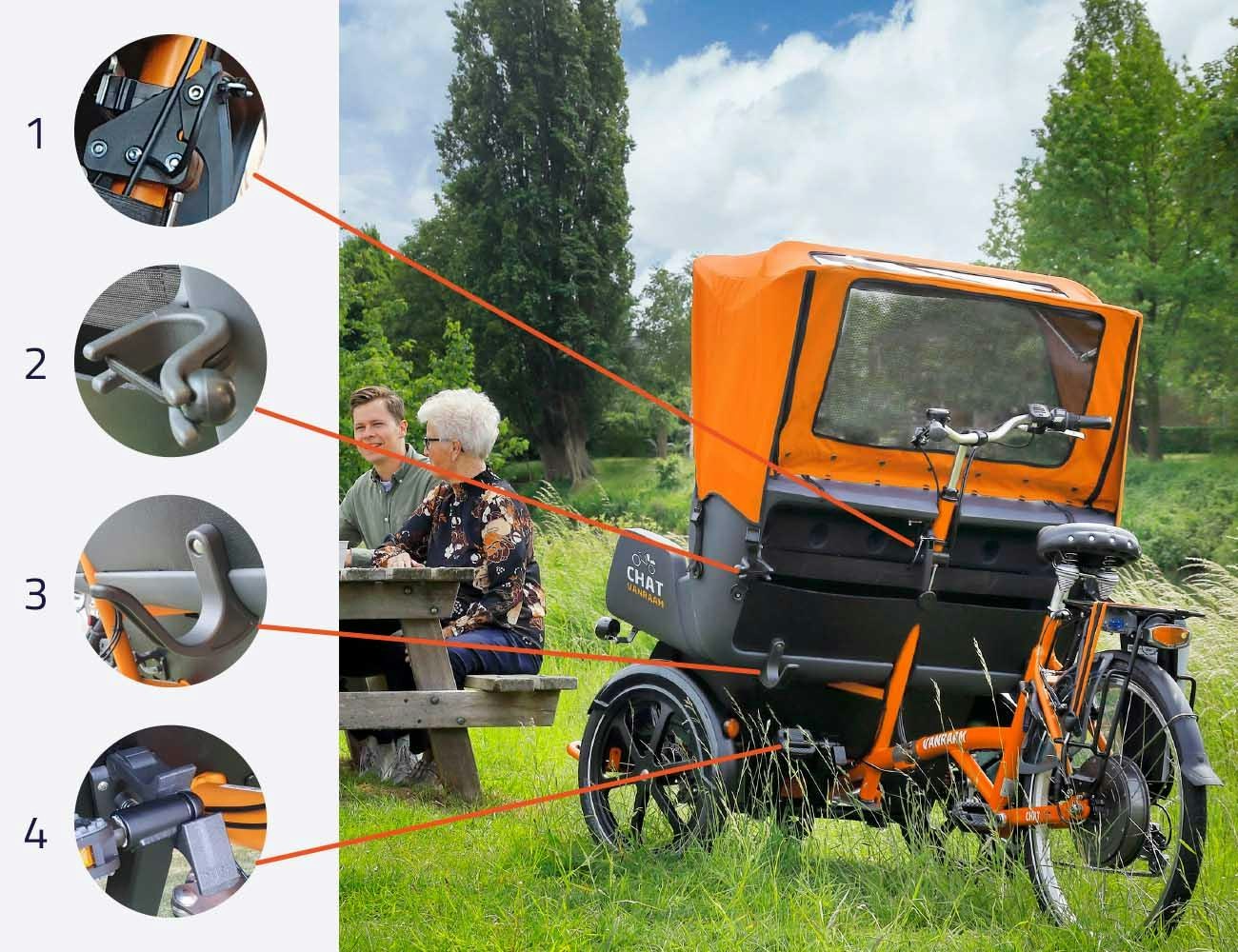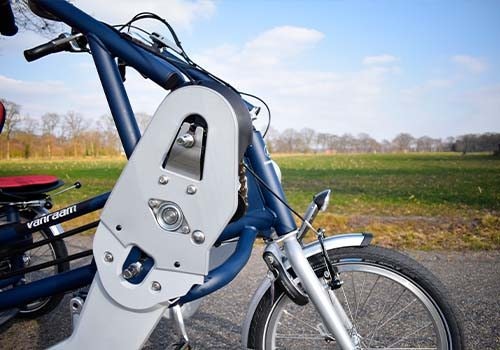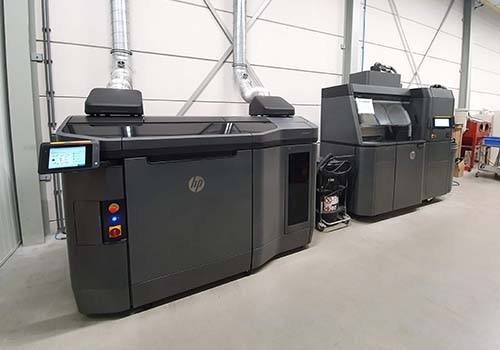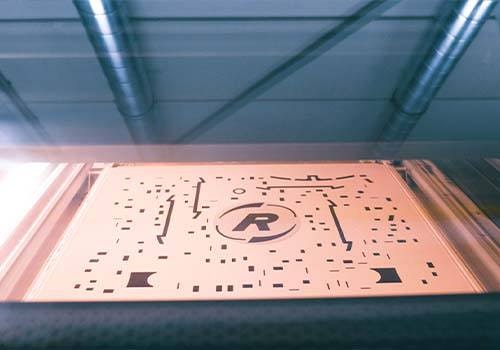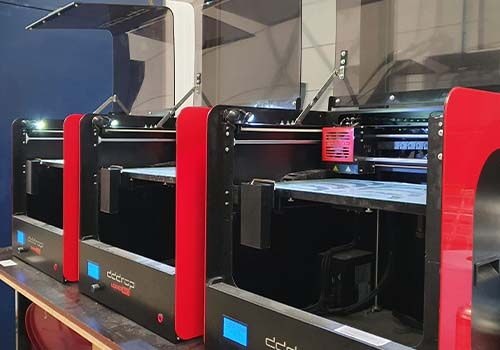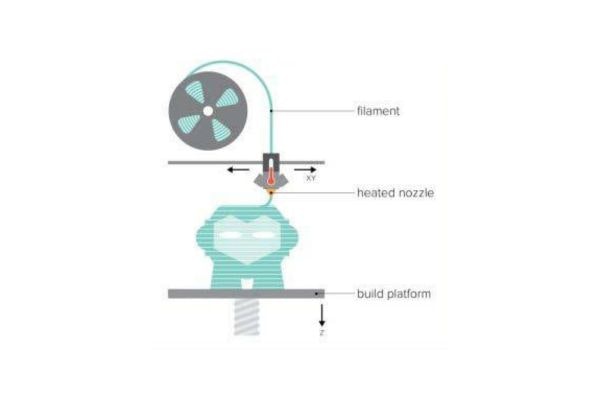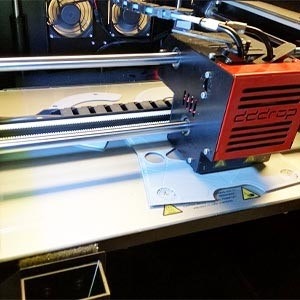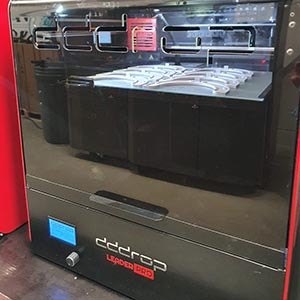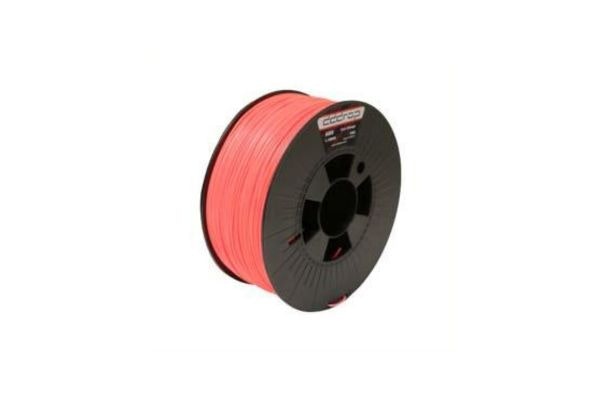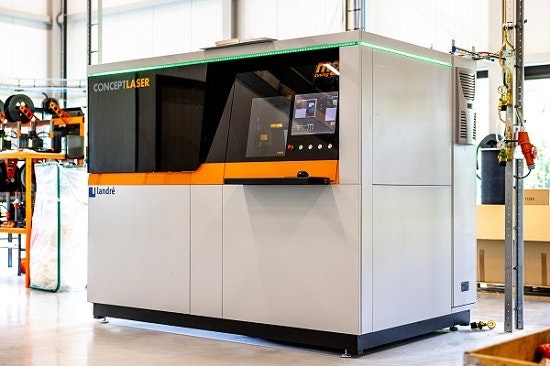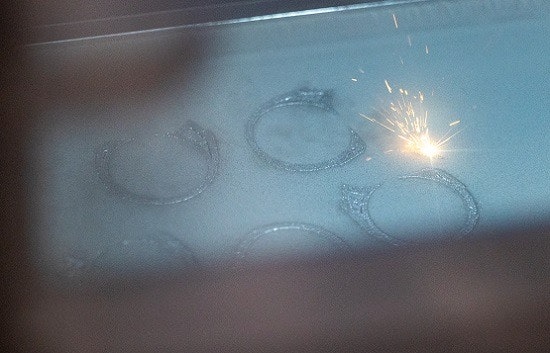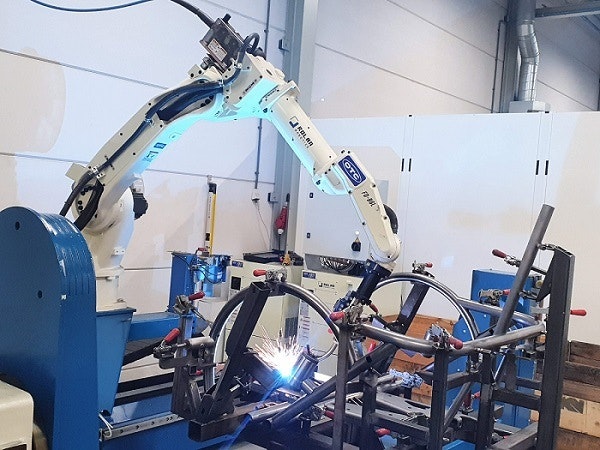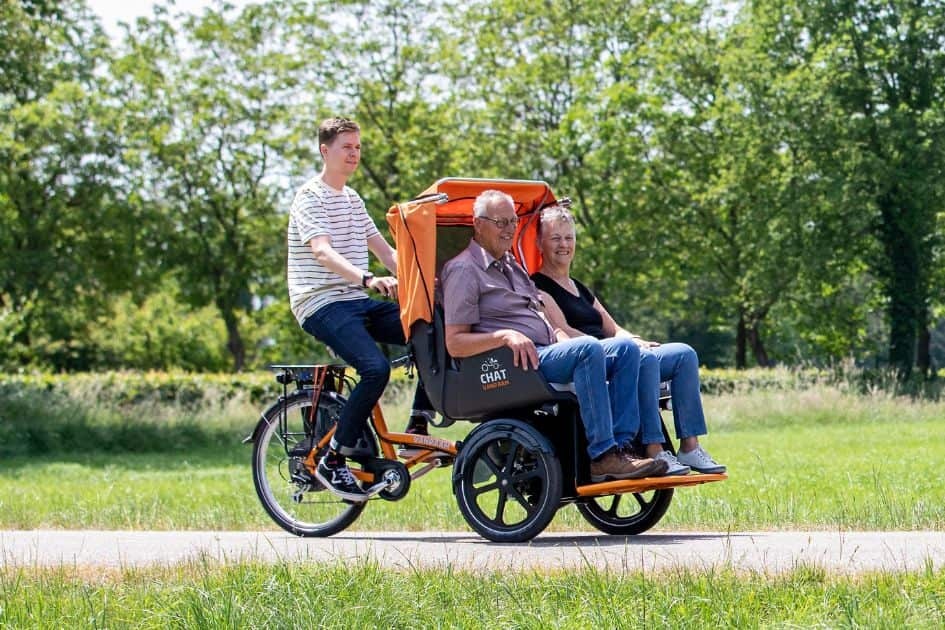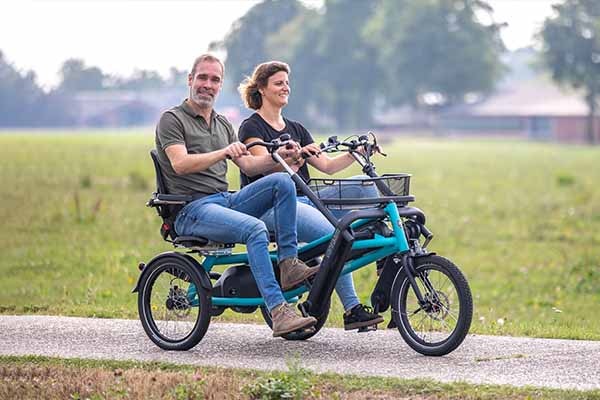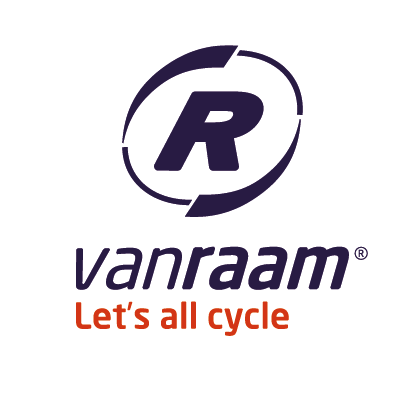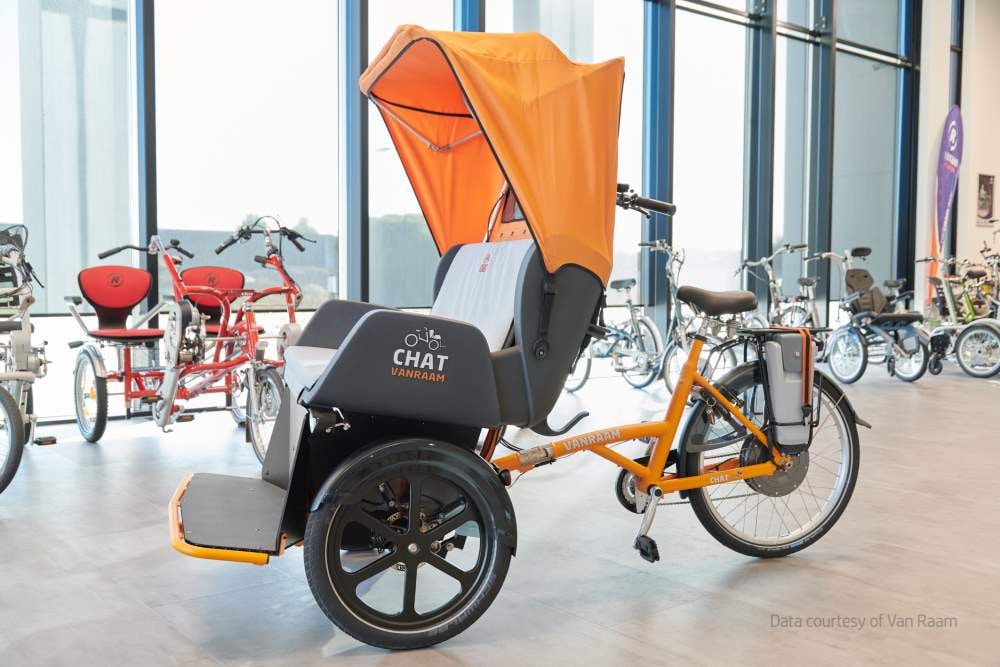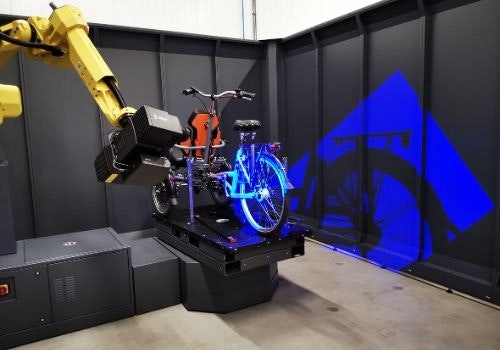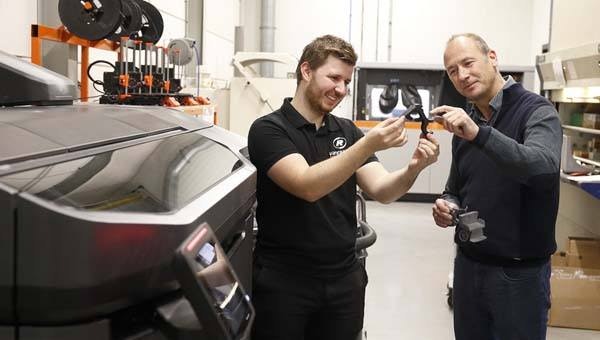Why Van Raam started using a 3D printer
In 2017, Van Raam purchased a 3D printer because they saw the advantages of making bicycle parts with this technique. With this printer they looked at how not only bicycle parts, but also tools and tools for production and assembly could be made. The goal was to improve the production process. Because the printing success was great, extra printers were soon purchased.
Would you like to know more about the Van Raam printers and how they work? Read further and find out more about this topic! The 3D Print Magazine has also written about this. Read more in the article: '3D printer for parts of the Van Raam adapted bikes'.
The 3D printers at Van Raam
Nowadays, Van Raam has three different types of 3D printers: a Multi Jet Fusion printer, three FDM printers and the M2 Cusing Concept Laser. Read more about these printers and the printing techniques below.
Van Raam 3D Print techniques
Take a look at our 3D printing techniques and the road a gear lever takes from a 3D printer to a Van Raam bicycle!
Tip: Dutch is spoken in this video, so feel free to turn on the subtitles for accompanying text and explanations.
